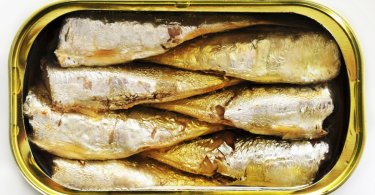Advertisements
The Endearing Embrace
Lifestyles
Nestled within the eucalyptus forests of Australia, koalas are renowned for their charming appearance and their peculiar affinity for hugging trees.
This seemingly adorable behavior has captured the curiosity of many, prompting us to delve deeper into the reasons behind their arboreal embraces. Beyond their cuddly exterior, koalas have a compelling motive for seeking solace in the arms of these leafy sentinels, and let's unveil the secrets behind this unique behavior.
The Tree as a Source of Nutrition:
One of the primary reasons koalas hug trees lies in their unique diet. These marsupials are highly specialized, feeding exclusively on eucalyptus leaves. However, eucalyptus leaves are fibrous, low in nutrients, and often toxic to other animals.
To overcome these challenges, koalas have evolved a specialized digestive system and gut microbiota that allows them to break down and detoxify the leaves. By hugging trees, koalas can access a steady supply of fresh leaves at various heights, facilitating their primary source of sustenance.
Regulating Body Temperature:
Another crucial reason for koalas' tree-hugging behavior is thermoregulation. Australia's climate is known for its extremes, and koalas have developed an adaptive mechanism to cope with temperature fluctuations. Trees serve as natural climate regulators, offering shade during scorching summers and insulation during chilly winters.
By embracing the tree trunk, koalas can optimize their body temperature, conserving energy and minimizing heat loss. This behavior helps them maintain their core body temperature within a comfortable range, ensuring their survival in a challenging environment.
Social Interaction and Communication:
While koalas are generally solitary creatures, they still engage in limited social interaction. Hugging trees can serve as a means of communication between individuals. Koalas leave scent marks on trees through specialized scent glands located on their chests. These marks convey vital information about their presence, reproductive status, and territory ownership to other koalas in the vicinity.
By hugging trees, koalas reinforce their territorial claims and establish boundaries, reducing the need for direct confrontations and conserving energy.
Safety and Predator Avoidance:
Living in the wild exposes koalas to a range of predators, including snakes, dingoes, and birds of prey. Tree hugging provides them with an advantageous vantage point, granting a broader field of vision to spot potential threats. Additionally, their arboreal embrace allows koalas to swiftly retreat to the safety of treetops when danger looms.
By clinging to trees, they can evade ground-based predators that lack the climbing capabilities necessary to reach them. The trees act as a natural fortress.
The endearing behavior of koalas hugging trees has captivated our hearts, but it is far more than mere cuteness. The complex interplay of nutritional requirements, thermoregulation, social interaction, and predator avoidance drives this behavior. Koalas have seamlessly adapted to their environment, harnessing the benefits that trees offer for survival.
This unique affinity serves as a testament to the marvels of nature and reminds us of the intricate connections and strategies that exist in the animal kingdom.






